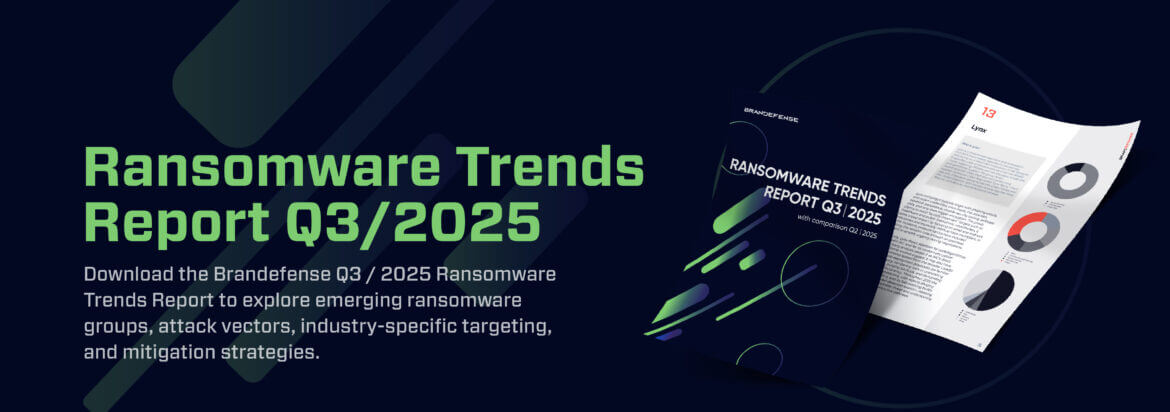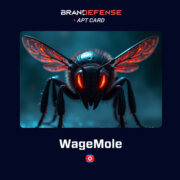As of 2025, the darkweb continues to be a hotspot for cybercriminals to evolve and innovate as they exploit new vulnerabilities and to monetize stolen data. It is vital for security operations center (SOC) analysts, incident response teams, and threat intelligence researchers to understand what the underground has to offer in order to anticipate evolving threats and build proactive defenses. In this blog post we will offer a glimpse into the most common and impactful illicit products and services being offered on cybercrime forums this year and illustrate the continually morphing tactics, techniques, and procedures (TTPs) being harnessed to increase cyberattacks around the world.
The Evolving Darkweb Marketplace Landscape
Cybercrime forums and marketplaces no longer represent unsophisticated bazaars populated by amateur vendors, but a sophisticated ecosystem. Cybercriminal forums host organized systems of vendor reputations, listings by categories, and feedback mechanisms for customers which may drive trust and reengagement to means of signing into the cybercriminal ecosystem. There is everything from raw, stolen data to specialized attack frameworks offered as a service such as Malware-as-a-Service (MaaS) and Ransomware-as-a-Service (RaaS).
In 2025, access to corporate networks will be one of the hottest offerings. The Initial Access Broker (IAB) service, or listing, allows buyers to have “ready to go” access to an organization. Buyers can use IABs to buy footholds into a target organization, and from there attackers can launch a ransomware campaign, steal sensitive data, or conduct espionage without having to exploit initial vulnerabilities themselves. Specialization such as IABs means an attacker can stick to their core competency, which in turn provides value to an underground economy where each link in the attack chain can be monetized independently.
Credential Leaks Fueling Attacks
Leaked credentials are still the backbone of attacks. In 2025 we continue to see credential theft rise over 160% due to automated phishing campaigns, AI-enabled social engineering, and constant data breaches. Cybercriminals are now trading bundles of corporate and consumer username password pairings, with a focus on credential pairs that provide access to high-value services such as Microsoft 365, Gmail, and Discord.
The recently reported breach that exposed credentials to more than 180 million Gmail accounts emphasizes the vast amount of data that is leaked to these markets every day. With so many credentials available on public or semi-public data from leaks, it is very easy for an attacker to do credential stuffing and account take-over attacks without being stopped by the traditional security perimeter or defenses. Monitoring for organizational credentials in leak data has become an essential part of threat intelligence today.

MaaS and RaaS Lower Barriers to Cybercrime
An impressive trend seen in the earlier years that persists with power through 2025 is the introduction and growth of Malware-as-a-Service (MaaS) and Ransomware-as-a-Service (RaaS) offerings. For little or no technical skill, these convenience items allow for the rental of malware tools and infrastructure of professional quality. Renters receive continuous updates, technical assistance, or even assistance with negotiating extortion payments for their ransom.
MaaS and RaaS kits will often include malware that includes info stealing capabilities. These types of tools can exfiltrate credentials, browser cookies, cryptocurrency wallets, and other sensitive data without the user’s knowledge. Pretty much any person, organization, or nation-state actor can rent malware or criminal services, making cyber extortion or data theft risk for enterprises of all sizes. The MaaS business model is modular which can lead to rapid innovation or updates to the MaaS product in response to defenses put in place.
Cloud Targeting and Exploitation Kits
By 2025, the attack surface is extending deeper into the cloud and thus, increasing the use of exploit kits that will be developed to specifically target cloud infrastructures and services. These exploit kits exploit vulnerabilities in popular cloud platforms and SaaS applications, allowing attackers to pivot from having cloud access to an on-premises network or exfiltrate sensitive data from the cloud.
AI-based tools are now speeding up the discovery and weaponization of zero-day exploits creating high demand for kits for sale on underground forums. Complete exploit kits that exploit vulnerabilities cloud, endpoint, and network provide an efficient path for attackers to launch a multi-pronged campaign geared towards a specific target technology stack.
The Importance of Monitoring Cybercrime Forums
Knowing the trends in cybercrime forums isn’t just for academic purposes; it allows defenders to access useful intelligence. Every product and service offered in these cybercrime forums will provide some indication of what the threat actors are concentrating on and what types of attacks are forthcoming. For example, an increase in IAB postings threatening healthcare providers could be a harbinger of a ransomware epidemic in the sector.
Examining darkweb marketplaces for stolen corporate credentials or new MaaS solutions will enable organizations to identify threats early and mitigate them before they can be exploited. Security teams can use this intelligence to adjust defenses, patch vulnerabilities, and train employees on the new phishing scams.
Conclusion: Staying Ahead Through Intelligence
The 2025 cybercrime ecosystem exemplifies a professionalized and rapidly evolving underground economy. Initial Access Brokers, MaaS and RaaS platforms, leaked credentials, and cloud-specific exploit kits dominate the market, driving a new era of sophisticated cyberattacks. For SOC analysts, incident response leads, and threat researchers, maintaining visibility into these darkweb trends is essential for shifting from reactive incident handling to proactive threat hunting and prevention.
Darkweb monitoring is not a one-time effort but a continuous process that enhances situational awareness and helps close the gap between attacker innovation and defensive measures. By keeping a pulse on these illicit marketplaces, organizations can anticipate threats, strengthen resilience, and ultimately protect their digital assets from becoming tomorrow’s headlines.







